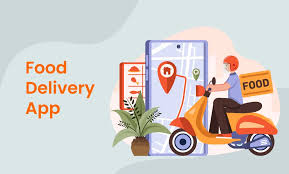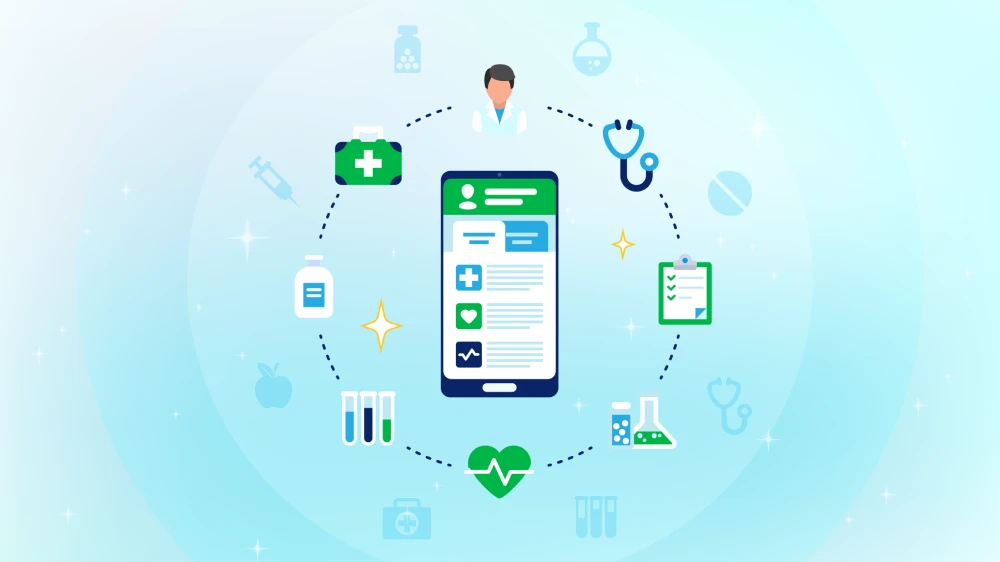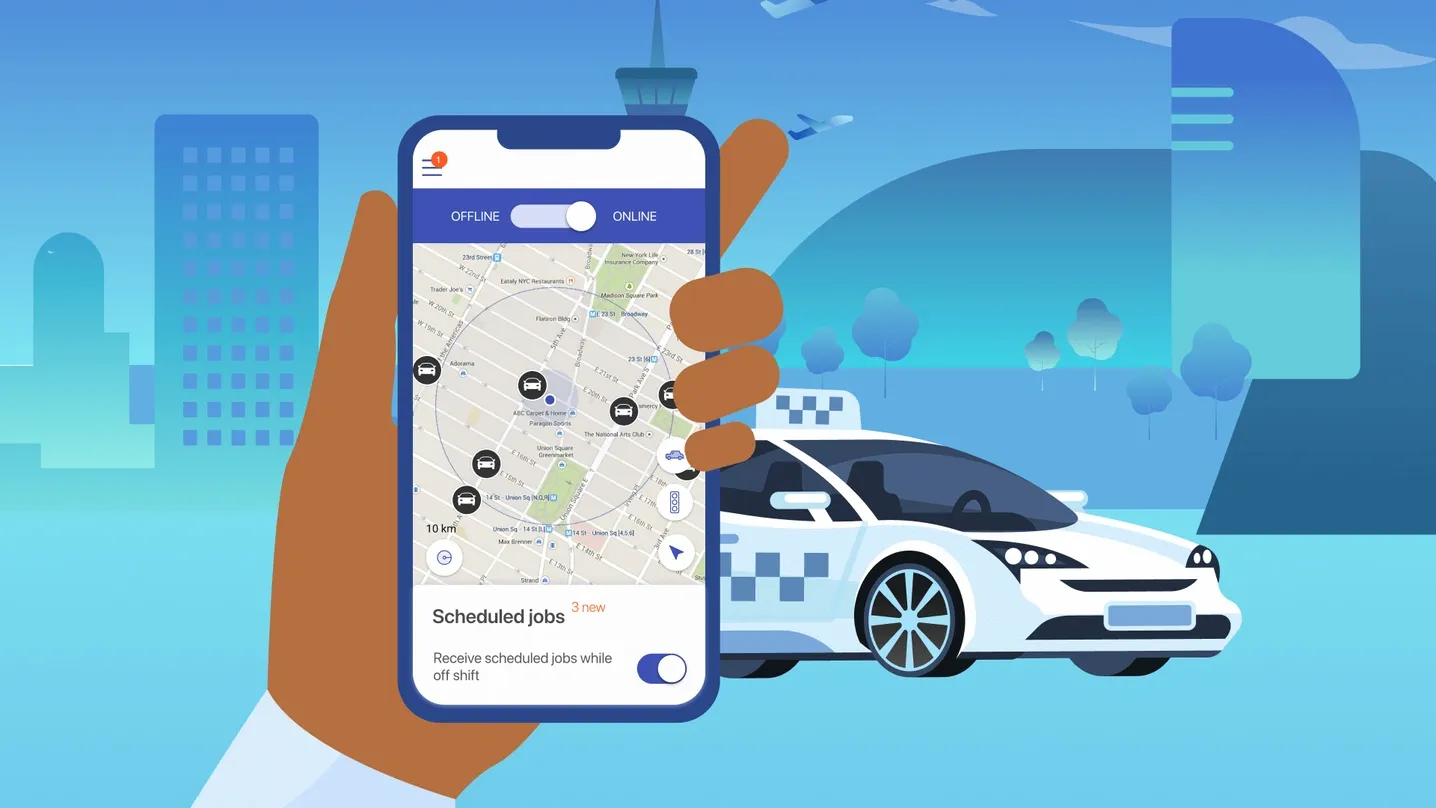Backend Architecture for High-Performance Cloud Kitchen Software

Strong 8k brings an ultra-HD IPTV experience to your living room and your pocket.
The rise of cloud kitchens has transformed the food delivery ecosystem, shifting focus from physical dine-in experiences to virtual, tech-driven food production hubs. Behind the scenes, this transformation is powered by sophisticated software systems that handle everything from order processing to inventory and kitchen staff coordination. One of the most crucial components of any such platform is its backend architecture — the silent engine that drives performance, scalability, and reliability.
In this blog, we’ll explore the ideal backend architecture for high-performance cloud kitchen software and how a professional Cloud Kitchen Management Software Development Company can help you build it right.
Understanding Backend Architecture
Backend architecture refers to the server-side structure that handles data storage, business logic, security, integrations, and performance management. It’s what powers the real-time operations of a cloud kitchen — like processing online orders, updating inventory, tracking delivery agents, and managing multiple kitchen outlets.
For Cloud Kitchen Management Software Development, a robust backend ensures uninterrupted service even during high-demand hours like lunch or dinner rush.
Key Requirements for a High-Performance Backend
Before diving into architecture models, it’s essential to understand the requirements that define a high-performing backend system for a cloud kitchen:
Scalability – Ability to handle traffic spikes, especially during peak hours.
Speed – Fast response time to ensure seamless order placement and delivery.
Reliability – Minimal downtime to keep operations running.
Real-Time Processing – Live updates on orders, inventory, and delivery status.
Security – Protection of customer data and payment information.
Multi-Outlet Support – Management of multiple kitchens and menus.
A skilled Cloud Kitchen Management Software Development Company will prioritize these pillars while building your backend system.
Recommended Backend Architecture Components
1. Microservices Architecture
Instead of a monolithic backend, microservices break down functionality into small, independent services that communicate with each other via APIs. For instance, one service handles orders, another manages inventory, and a separate one tracks deliveries.
Benefits:
Easy to scale individual services
Faster development and deployment
Better fault isolation
Microservices are especially ideal for large or multi-brand kitchens operating under one cloud kitchen umbrella.
2. RESTful API or GraphQL API Layer
An API layer allows frontend applications (mobile apps, dashboards, delivery partner apps) to interact with the backend services.
RESTful APIs are simpler and widely used.
GraphQL APIs offer more flexibility in data fetching, which can be useful for custom dashboards or reports.
A well-structured API layer enhances speed and performance, critical in cloud kitchen operations.
3. Database Layer
Choosing the right database is critical for performance. Most cloud kitchen systems benefit from a hybrid approach:
Relational DB (e.g., PostgreSQL, MySQL) for structured data like menus, users, orders.
NoSQL DB (e.g., MongoDB, Redis) for unstructured or fast-changing data like delivery status, live inventory, or logs.
Use caching (like Redis or Memcached) to store frequently accessed data and reduce database load.
4. Cloud Hosting & Containerization
High-performance cloud kitchen software requires reliable hosting. Popular options include:
AWS, Google Cloud Platform, or Azure for scalable cloud hosting
Docker and Kubernetes for containerization and orchestration
This ensures your system scales automatically with traffic, maintains uptime, and supports CI/CD pipelines.
5. Real-Time Communication (WebSockets / MQTT)
Order updates, kitchen instructions, and delivery status must update instantly. WebSockets or MQTT can handle real-time communication between different services, apps, and dashboards.
For example:
Kitchen staff get an instant ping when a new order is placed.
Delivery agents receive real-time routing updates.
Customers can track their order live on the app.
Key Modules to Support in Backend
Order Management System (OMS)
Handles incoming orders, confirmation, updates, and cancellations.
Kitchen Display System (KDS)
For transmitting order details to kitchen stations and tracking cooking status.
Inventory Management
Syncs stock levels in real time across multiple locations.
Delivery Management
Integrates with third-party logistics (Swiggy, UberEats) or your own fleet.
Analytics & Reporting
Tracks order volume, kitchen performance, delivery times, and food costs.
Admin & Staff Panel
Role-based access for kitchen managers, staff, and admins to control day-to-day operations.
These modules require a modular, yet interconnected backend to perform optimally — something that an expert Cloud Kitchen Management Software Development Company can deliver.
Security & Compliance
Security is non-negotiable in food tech platforms. Your backend must include:
OAuth 2.0 or JWT authentication
Data encryption (SSL/TLS)
Role-based access controls (RBAC)
GDPR or local data protection law compliance
This ensures customer trust and legal protection for your business.
Backend Architecture Example (High-Level)
scss
Copy
Edit
Frontend (Apps & Web)
↓
API Gateway
↓
┌──────────────┐
│ Order Micro │
│ Inventory │
│ Delivery │
│ Reporting │
└──────────────┘
↓
Database Layer
↓
Cloud Hosting & Monitoring
Final Thoughts
A high-performance backend for cloud kitchen software is not a luxury — it’s a necessity. Whether you're running one ghost kitchen or managing a multi-brand empire, your backend architecture dictates how well you can serve customers, scale your operations, and stay competitive.
Partnering with a trusted Cloud Kitchen Management Software Development Company ensures that your backend is not only functional but optimized for real-world performance. From microservices to real-time communication and robust security, every element must be built with scalability and speed in mind.
Note: IndiBlogHub features both user-submitted and editorial content. We do not verify third-party contributions. Read our Disclaimer and Privacy Policyfor details.







